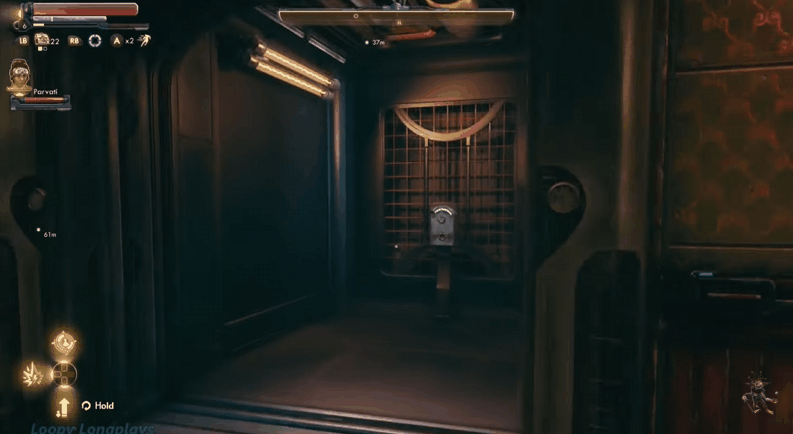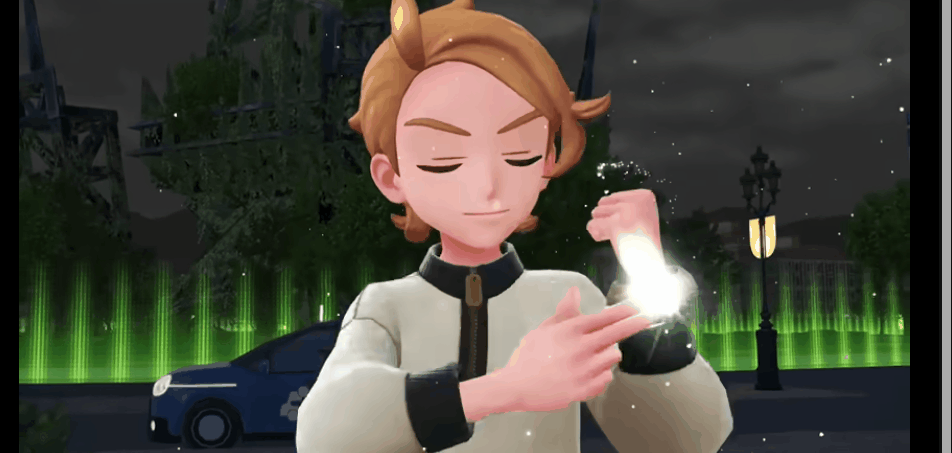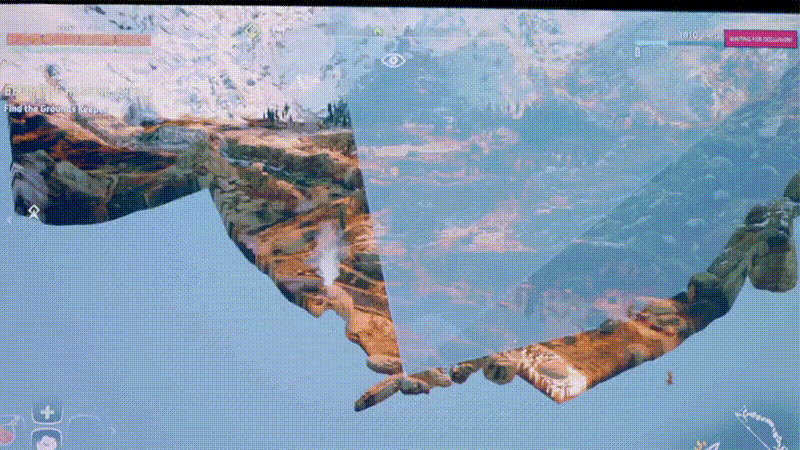Smoke and Mirrors: Sleight of Hand in Game Development - Part 1
Smoke & Mirrors
The phrase “smoke and mirrors” tends to have a negative connotation to it because it usually describes something that looks impressive, but is really just an illusion. When it comes to plays, movies, and more importantly video games, “smoke and mirrors” can be essential when crafting an experience, especially if it involves things impossible in reality.
In game development we often use tricks and illusions to make our games more efficient, simpler to create, and seemingly impressive. There are myriad examples, but I’ll just go over a few to get your brain thinking of other ways games use “smoke and mirrors” and how you can apply this game development principle to your work.
Recently, I was replaying Obsidian’s The Outer Worlds to gear up for the sequel and noticed how they use a little trick whenever the player uses a life/elevator. When the player triggers a lift they are facing a wall with the switch and any companions accompanying the player are behind them and out of sight.
The trick is that when the switch is triggered, the companions are immediately teleported into set positions on the lift where they’ll stay while it’s in motion. This is a nifty way of making sure the companions travel with the player and aren’t left behind or stuck somewhere inaccessible without tipping off the average player.
Another recent example I came across was in Pokémon Legends ZA. The trick I noticed is one used in many, many games. Just like a magician will hold a curtain up to make something disappear, Legends ZA performs a swap whenever you mega-evolve your Pokémon. The player’s Pokémon is surrounded by a sphere that bursts to reveal the new mega-evolved form. Within that sphere and hidden from the player, the models are being swapped.
Trying to animate an actual Pokémon evolution would be difficult and time consuming and I’m not sure anyone actually even wants to see that. Instead the developers use this illusion as a shortcut. You can see this technique used across tons of games where the screen fades to white before revealing a transformation or the camera cuts away then back to reveal a new/altered character.
Another interesting example I always come back to is one of my favorite games: Horizon Zero Dawn. Most big games will do some illusions when it comes to rendering. A big one is having more distant objects rendered in lower fidelity, sometimes even rendering 3D objects in 2D when they’re far away. Graphically intensive games will also use a trick called culling which prevents rendering objects that the camera can’t see and/or objects blocked by other objects.
I absolutely love the gif above showcasing this in action. While it would be incredible to always render everything, most consoles and PCs can’t handle that for visually impressive games so as developers we use a little “smoke and mirrors”.
As a fan of magic and movies I see how misdirection, illusion, and sleight of hand can all be put to good use when crafting video games. With games, the whole experience is digital which gives developers endless opportunities to employ these techniques. I hope this has helped to spark your curiosity and maybe given you some ideas for your next game.




